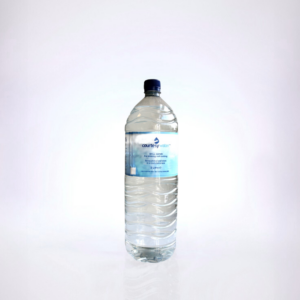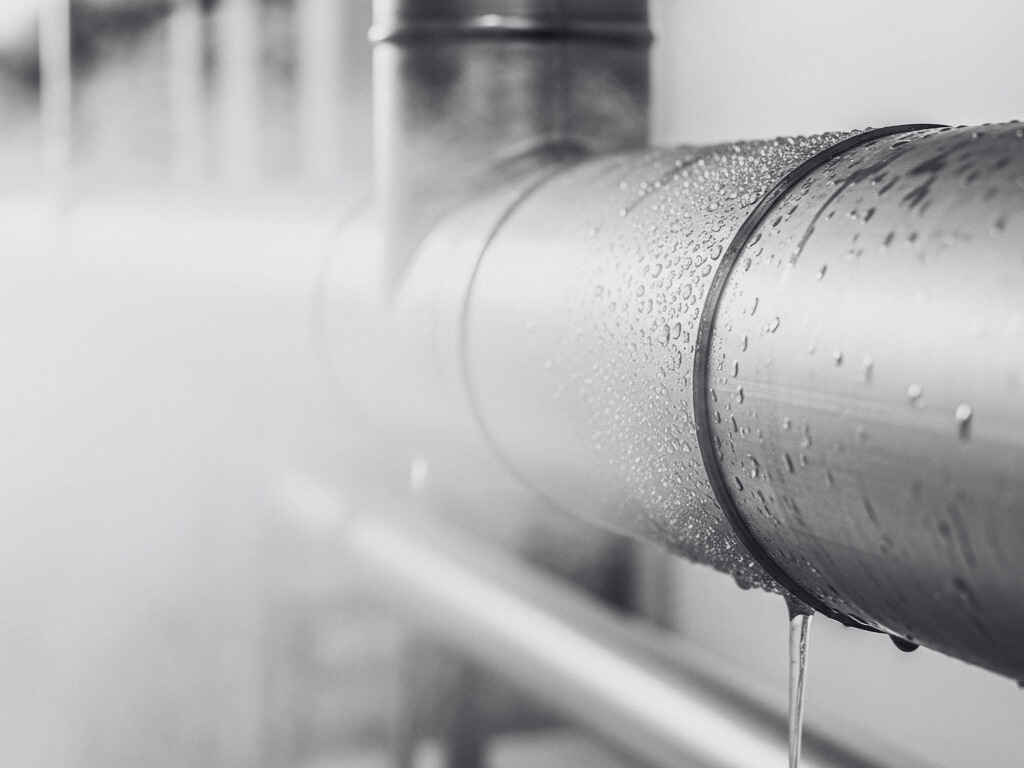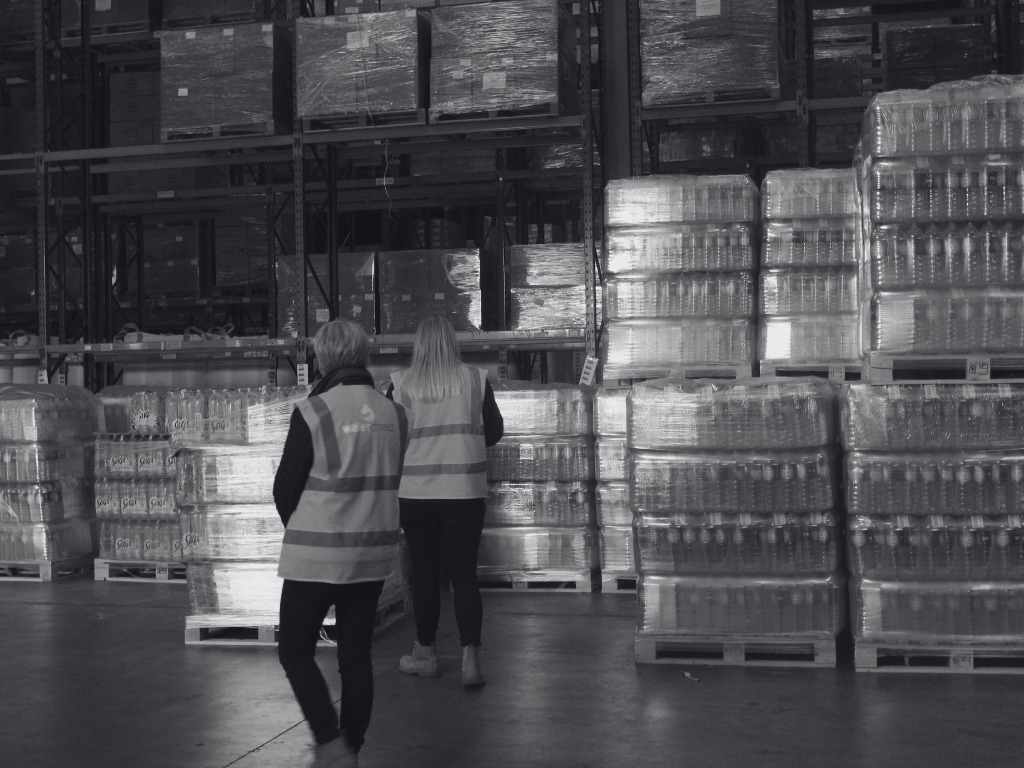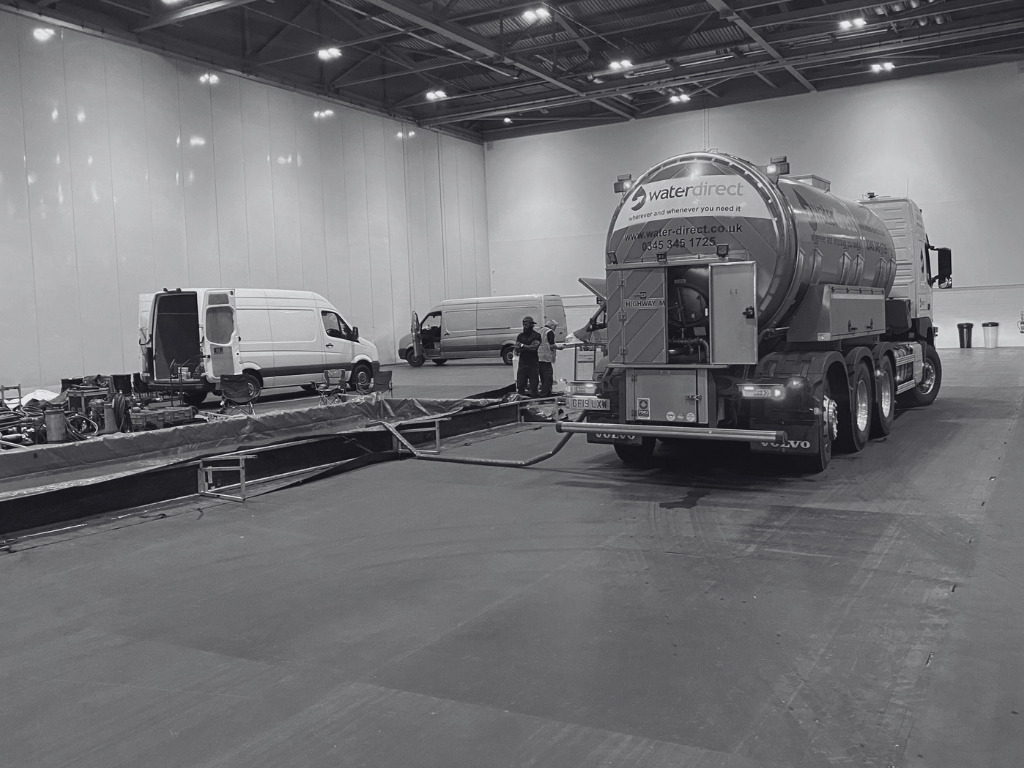
How to Prepare for a Water Outage: A Guide for Businesses and Critical Operations
Preparing Your Business for Water Outages
In today’s operational environment, water is a vital resource that powers everything from cooling systems and sanitation to food production and fire safety. Yet many organisations underestimate the impact of a sudden water outage, until it happens.
Whether you manage a manufacturing plant, data centre, hospital, or large commercial facility, even a short disruption in supply can halt operations, compromise compliance, and result in significant financial losses. This guide explains how to prepare for a water outage, helping your organisation proactively plan for supply issues, mitigate risk, and ensure business continuity.
Why It’s Important to Prepare for a Water Outage
Water outages in the UK can occur without warning, caused by burst mains, infrastructure failure, extreme weather, or planned works. Unlike domestic customers, businesses are not automatically provided with an emergency water supply. It is the organisation’s responsibility to have contingency measures in place.
For high-dependency sectors, water is not just for consumption, it’s essential to daily operations. Downtime caused by no water can affect:
- Process cooling in data centres and manufacturing
- Hygiene compliance in food production or healthcare
- Sanitation across large-scale sites
- Fire suppression systems and safety protocols
- Staff welfare and productivity
Without a contingency plan, you risk regulatory breaches, loss of production, and reputational damage. In fact, water contingency planning should be a business priority for any organisation that relies on continuous water access to operate safely and efficiently.
Businesses are responsible for making sure they have a backup plan. Water companies won’t automatically send help during an outage, so you need to be ready with your own emergency water supply.
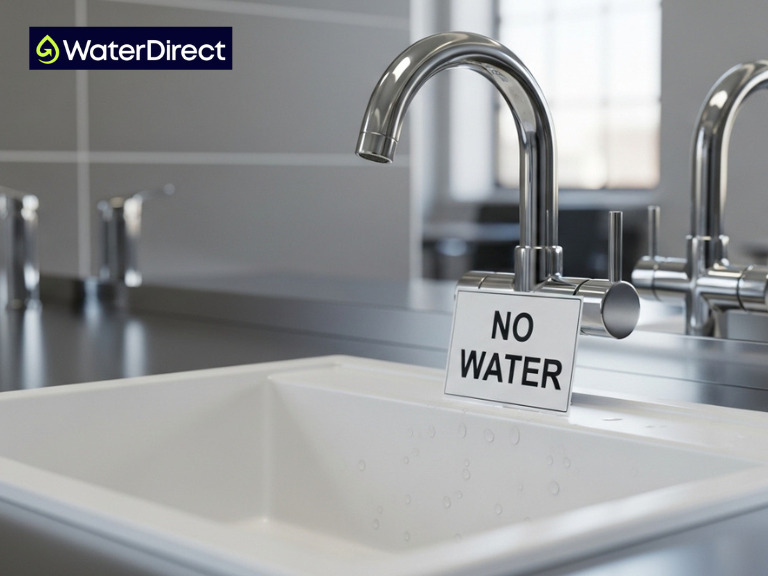
Steps to Prepare for a Water Outage in Your Organisation
1. Understand Your Water Usage Profile
Start by mapping out how water is used across your site(s). Break down usage by function e.g., cooling, sanitation, production and identify which systems are most sensitive to interruptions.
Establish your critical water demand in litres per hour and assess what minimum supply is needed to keep essential operations running. This forms the basis of your emergency water strategy.
2. Conduct a Water Risk Assessment
Assess the risks associated with water supply problems at each location. Consider factors such as:
- Distance from main supply
- Historical water outages
- Time-to-impact across departments
- Downtime costs per hour
- Legal or compliance obligations
A site-specific risk assessment will help prioritise which areas need resilience built in and what level of water emergency response is required.
3. Invest in Static Water Storage
Installing static water tanks or bowsers on-site can provide a buffer during short-term outages. These can be sized according to your minimum operational needs, and regularly replenished as part of a resilience programme.
Storage solutions can be positioned:
- Outdoors with weatherproofing
- On rooftops for gravity-fed distribution
- Inside buildings for process-critical systems
Having on-site water storage ensures your business can continue operating smoothly during unexpected outages.
4. Partner with an Emergency Water Supplier
Fast access to clean, compliant water is essential when your regular supply is lost. Water Direct provides alternative water supply for businesses via tankers, bowsers, or bottled solutions available nationwide 24/7.
Pre-arranged contingency contracts allow for faster deployment during a water emergency. This includes:
- Emergency water delivery within 2–4 hours (location-dependent)
- On-site tank refills or static bowser placement
- Mains bypass setups for critical infrastructure
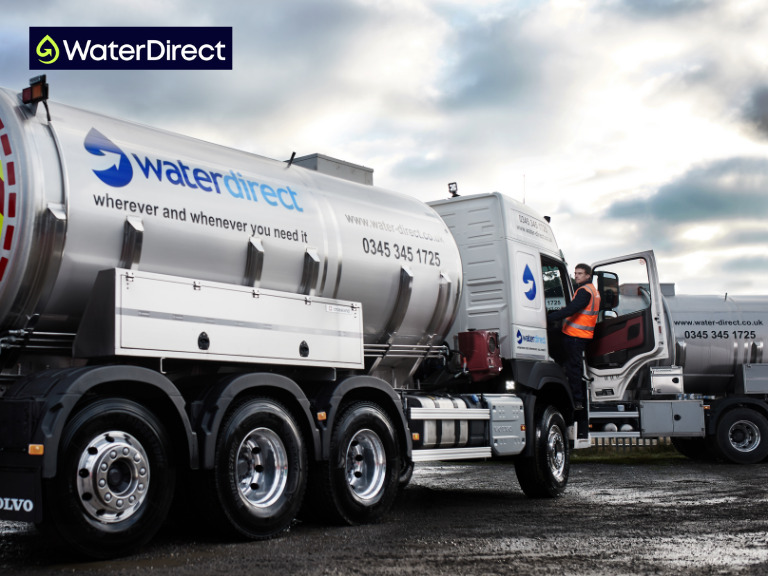
5. Develop a Business Water Continuity Plan
Your Business Continuity Plan (BCP) should include a water resilience strategy:
- Emergency contacts (internal and suppliers)
- Response protocols for different outage durations
- Static storage levels and refill triggers
- Communication templates for stakeholders
- Training for facilities teams and shift leads
Regular drills and reviews ensure that your teams know what to do before water supply issues disrupt operations.
Additional Tips for Building Resilience
- Monitor: Sign up to local supplier alerts and updates about water outages.
- Protect: Ensure pumps, tanks, and pipes are winterised and maintained.
- Isolate: Know where your shutoff valves are and how to protect from contamination.
- Report a water outage quickly if you suspect damage or unplanned disruption.
How Water Direct Supports UK Businesses
Water Direct is a trusted emergency water supplier providing alternative water supply solutions for businesses across the UK. We work directly with organisations in sectors such as manufacturing, energy, healthcare, and infrastructure to deliver critical support whenever the usual water supply fails.
We provide:
- Rapid-response emergency water delivery across the UK, 24/7
- Water tank and bowser, including full setup and maintenance
- Mains chlorination and water quality testing in line with regulatory standards
Our services are built specifically for commercial and industrial customers who need reliable support during a water emergency or shortage of water in the UK.
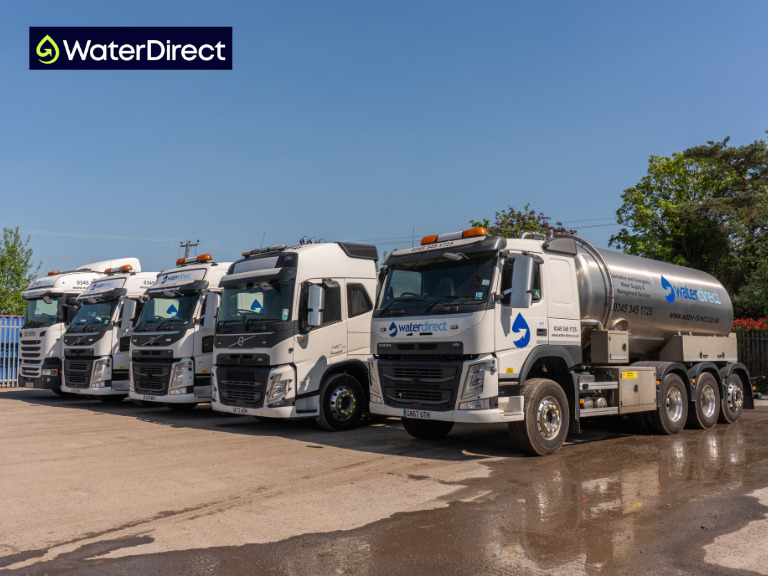
Conclusion
Water issues don’t just affect comfort they disrupt operations, threaten compliance, and can cause significant financial and reputational risk. Preparing with proper planning, static storage, and an emergency water partner ensures you stay resilient, even when the unexpected happens.
If your organisation depends on water, don’t wait for the next water outage to take action. Build your contingency plan now and secure your operational future.
FAQs
What sectors are most vulnerable to water outages?
Manufacturing, data centres, healthcare facilities, food production sites, and any environment with strict hygiene or cooling requirements are especially vulnerable to water down events or water supply problems.
What causes sudden water outages?
Common causes of water outages include burst water mains, supply line damage, planned maintenance, extreme weather, or a shortage of water in the UK due to drought or infrastructure issues. Outages can be temporary or last several days, depending on the severity.
How fast can emergency water be delivered?
With pre-arranged contracts, we offer rapid response across the UK often delivering emergency water within 2–4 hours depending on location and demand.
Is there a shortage of water in the UK right now?
Yes, parts of the UK are currently experiencing water shortages, with some areas already under drought status and others facing the risk of drought due to prolonged dry weather. The South East and East of England are particularly affected, with water companies urging residents to reduce usage.
Share:


